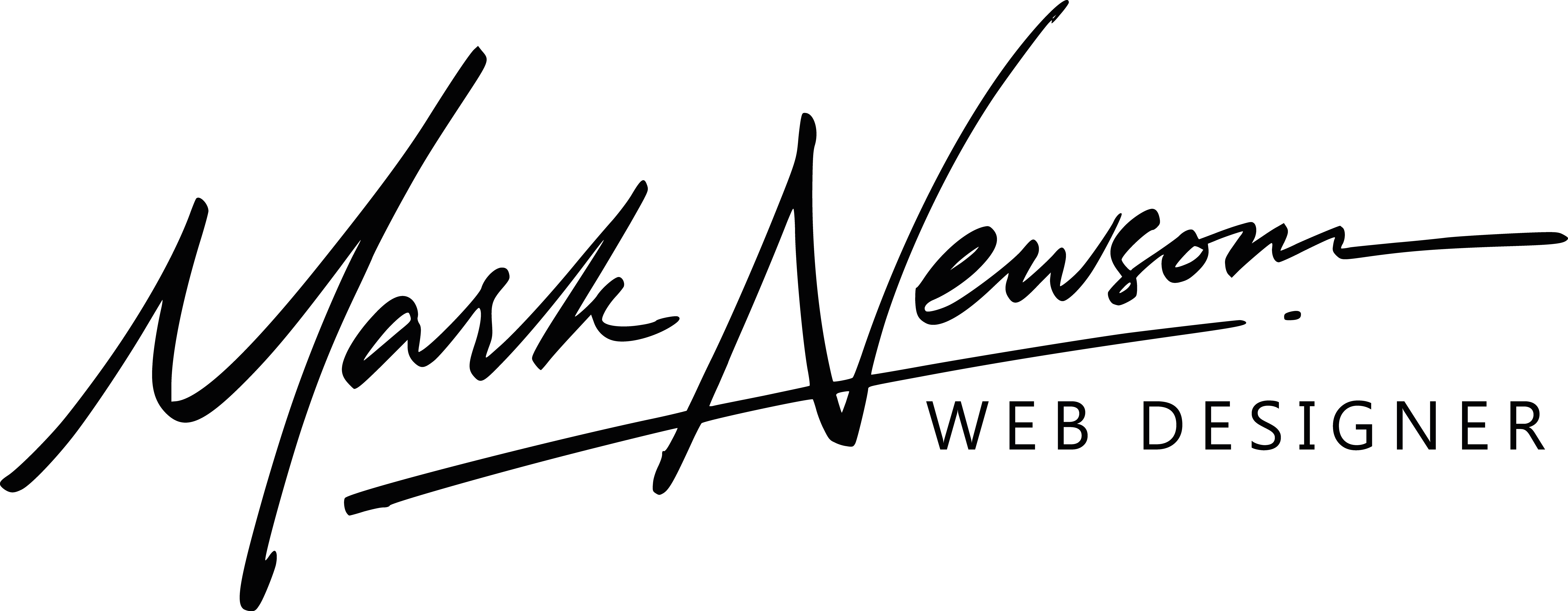By Mark Newsom, Web Designer – 30+ Years in the Game
I’ve been designing websites since the early ’90s—back when we were hand-coding HTML pages with table-based layouts, and “responsive design” meant your page didn’t break in Netscape. Back then, nobody was talking about SEO. Heck, we didn’t even have Google yet.
In those early days, web design was about getting anything online. It was raw, experimental, and fast-moving. But over the decades, I’ve watched this industry evolve dramatically. New tools, new trends, new philosophies. And now? The latest game-changer is artificial intelligence—and it’s redefining what SEO even means.
Here’s how I see AI transforming SEO, and why that has a direct impact on the way I approach web design today.
1. From Keywords to Conversations
In the early 2000s, when SEO became a buzzword, it was all about keyword density and backlinks. As a designer, I wasn’t always brought into that part of the conversation. SEO was something the “marketing guys” handled after I finished building the site.
That’s not the case anymore. Today’s AI-powered search engines (like Google’s BERT and MUM) understand natural language, context, and even the intent behind a search. That’s huge.
So now, when I design a site, I think about how the structure supports meaningful content. The layout has to guide real conversations—not just cram in keywords. It’s no longer about “ranking tricks”—it’s about relevance, clarity, and user value. Which, honestly, is a much healthier way to design.
2. AI Content Tools Are Changing the Workflow
I never thought I’d see the day when machines could draft content, but here we are. AI writing tools are everywhere now. Clients are using them to spin up blog posts, FAQs, product descriptions—you name it.
I still believe in human storytelling, but I also recognize that these tools help fill gaps. From a design standpoint, that means I need to build sites that can accommodate dynamic, evolving content—content that’s machine-generated but still needs a human-friendly layout.
I’ve become more intentional about content flow, scannability, and hierarchy. If AI is generating the words, it’s my job to make them usable.
3. Visual Search Is No Longer Science Fiction
Something else I’ve seen rise in real time: AI-driven visual search. Google Lens, Pinterest Lens—these tools are teaching search engines to “see” images the way humans do.
That’s a big shift. I used to focus on ALT tags as a basic accessibility requirement. Now, I think about how images tell a story and whether AI can interpret their meaning correctly. File names, structured data, and surrounding context all matter more than ever.
Designing for SEO now means designing with both the user and the algorithm in mind. Every visual element has to have a purpose and a context.
4. UX and SEO Are Merging
I’ve always said good design is invisible—it just works. What’s exciting now is that AI agrees. Search engines are measuring things like bounce rate, time on site, and click-through behavior to determine ranking. That means a clean, intuitive interface isn’t just good design—it’s also good SEO.
I focus a lot more these days on site speed, accessibility, and usability across devices. These aren’t “bonus features” anymore—they’re essential for performance, both in the eyes of users and search engines.
5. AI Analytics Are Making Us Smarter (If We Listen)
Back in the day, we had to rely on gut instinct and basic server logs to know how users behaved. Now, with AI-enhanced tools like GA4 and heatmaps, we can see what’s working in real-time.
I’ve become more data-driven in how I design. I run A/B tests, track user journeys, and use that feedback to iterate smarter—not just prettier. Design used to be about intuition. Now, it’s intuition plus insight.
Final Thoughts: Old School Meets New Tools
When I tell people I’ve been building websites since before SEO was even a thing, they sometimes assume I’m set in my ways. But the truth is, I love how much this field keeps evolving. AI is just the latest chapter—and maybe the most fascinating one yet.
It’s pushing us to be better designers, better collaborators, and better thinkers. We’re no longer just creating digital brochures—we’re crafting intelligent, interactive, user-centered experiences that talk to both humans and machines.
If you’re a designer wondering how AI fits into your world, here’s my advice: embrace it. Learn how it thinks. And then use your creativity to make the web more human—even in an AI-driven age.
—
Mark Newsom is a veteran web designer with more than 30 years of experience helping businesses tell their story online. When he’s not designing, he’s mentoring young creatives, writing about design trends, or enjoying a well-earned coffee break.
Ready to Elevate Your Online Presence?
Contact us today to learn how our SEO and web design services can help your business thrive in Missouri’s competitive market. Let’s build a strategy that works for you.

